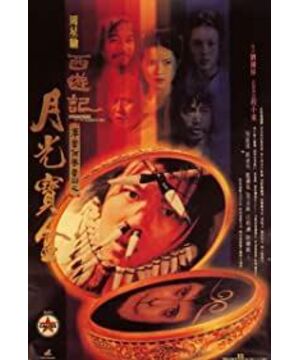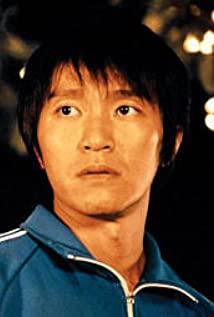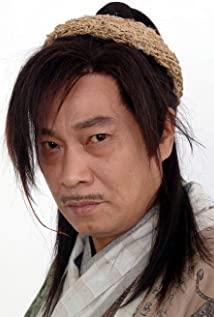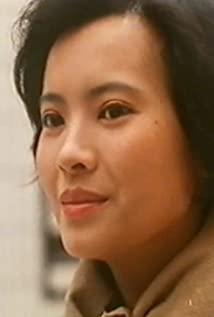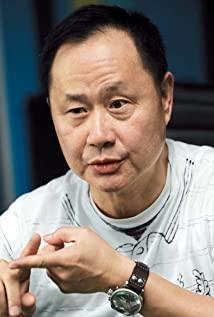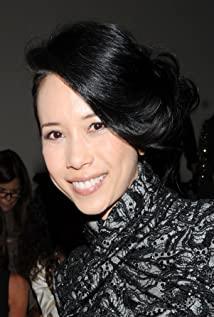My basic point is: the upper and lower parts of "Journey to the West" are the two time and space of intertextuality, which is the process of the naming and confirmation of the Supreme Treasure's own identity. What we need to do is to accompany him to explore the mystery of the subject .
We can see that when Bodhi Patriarch first appeared, he gave a time mark "five hundred years ago", "Five hundred years ago, Sun Wukong was destroyed by Guanyin, and his master Tang Sanzang sacrificed his life to save him. In exchange for a chance for Sun Wukong to be reborn, I hope this monkey can turn his back on his wrongdoing... So Buddha Tathagata gave Tang Sanzang a chance to be reborn after five hundred years, so that his apprentice Sun Wukong could protect him and retrieve the Western Classics." And at the end of the second part There, the tour guide of Bodhi's reincarnation has another sentence: "It is said that five hundred years ago, this was the place where Shuiliandong and the Great Sage Qitian lived. Since he killed the Bull Demon King and rescued Tang Seng, there are no more monsters in this world. Since then, many people have come here to fish in the muddy waters." A problem arises here, from the perspective of time and space, the two time and space should be consistent, because they are both 500 years after the event of taking Buddhist scriptures, but in the former, taking Buddhist scriptures is an unfinished A shelved event, whereas in the latter, the study is a completed event. Due to the inconsistency of the past, there are also two possibilities in this space-time five hundred years later. Each possibility both excludes and affirms the second possibility. That is to say, just because the first space-time exists, it is excluded; but just because the second space-time exists, the first space-time must exist at the same time.
The reversal of time and space and the mutual causality in the film are the background for the subject to travel to find himself.
At the beginning of the film, Monkey King appears in the form of the Supreme Treasure, an image that is far from our imagination, and here, the biggest movie-watching temptation is how the Supreme Treasure will eventually evolve into the image of the Monkey King that we are familiar with. In the whole process of evolution, Supreme Treasure, as the former subject, has always appeared in the image of a passive person, and successively become his masters including Bai Jingjing, Zixia, and Tang Seng. If you look at it more generally, the list of masters can also include Chun Shisanniang, Bodhi Patriarch, and Guanyin. Each master gives him the possibility of being a subject and complements each other.
The words that Bodhi Patriarch said when he appeared can be regarded as both history and prophecy. The Supreme Treasure's response to this was: "Oh, no wonder I have been having the same nightmare for a long time, in a dark and lonely environment, a pair of very lustful eyes have been staring at me, I'm very embarrassed to see it, it's your eyes that make me blushing several times." We see that for the former subject, it is this kind of stare from others that cannot be avoided. The gaze of others is shaping the subject. And because this gaze appears in the dream, we say that it comes from the double gaze of the other person and the subject himself.
And when the supreme treasure returned to Shuiliandong, there was a voiceover: "You haven't become the real Sun Wukong, this is because you haven't met the person who gave you three moles. When you meet him, you Your life will change.” Due to the existence of dual time and space, we can also understand it in this way: it is precisely because our life has changed that we meet that person. The speaker does not show his face, because it is the words from the Other. The Supreme Treasure's response to this was: "Talk to me? Didn't you tell me? You recognized the wrong person!" The naming here met the resistance of the former subject, but it was the power of this misidentification that prompted the former subject to complete the It is in this process of resistance that the transformation to the subject takes place.
The end of the first book can be seen as a crucial stage of evolution. Here, the former subject tries to return to the past in a compulsive form with the help of the Moonlight Treasure Box, showing a repetition of a traumatic experience. The cave, as the subconscious space, is here the field where the subject is formed. Through the Moonlight Treasure Box, the place where the Supreme Treasure returned should theoretically be the "Water Curtain Cave" five hundred years ago. There is a problem here, the Pansi Cave does not actually exist. But when Zixia appeared, Supreme Treasure mistakenly believed that it should be Pansi Cave. Under his insistent misidentification, Zixia changed the name to "Pansi Cave", so Zixia became the Great Immortal of Pansi. Because of the misunderstanding of the Supreme Treasure. At the same time, Zixia also gave the Supreme Treasure a mark, which is "three moles". The dual naming of the subject's field of activity and the subject itself appears here, and in the process of naming others and things, Zixia completes self-confirmation.
The same as the Supreme Treasure, Zixia also has a dream, that is, "My favorite is a hero of the world, and one day he will step on the seven-colored clouds to marry me". Zixia's imagination and desire were finally shaped in the Supreme Treasure. This moment was also the moment when the desires of both sides overlapped. However, what Zixia said before her death, "I can guess the beginning, but I can't guess the ending." There is only the possibility of instant contact between desires between different subjects, and this contact is also separation at the same time. This is also the root of the film's deepest tragic undertones.
View more about A Chinese Odyssey: Part One - Pandora's Box reviews


